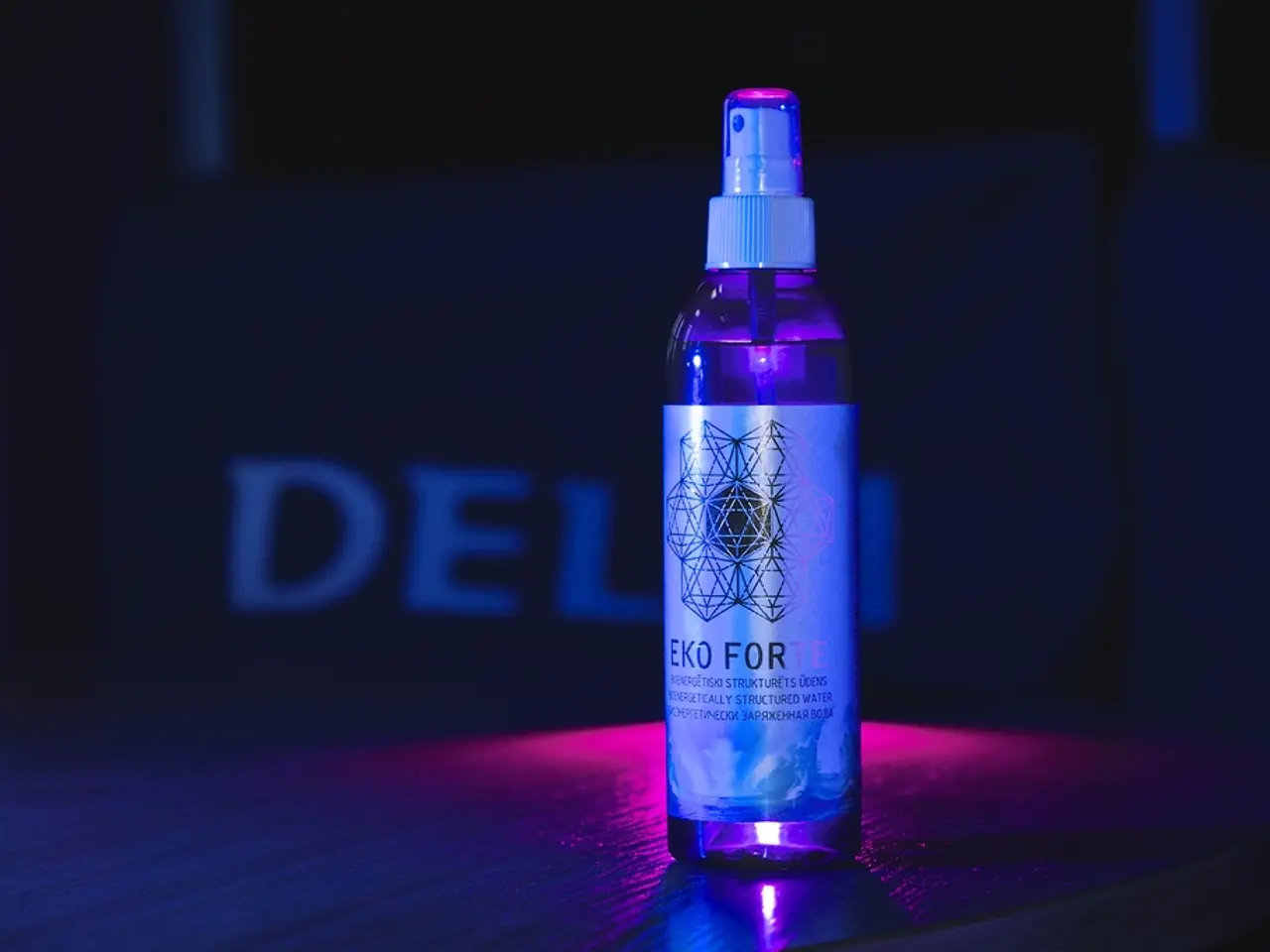Duration of Lidocaine: Comprehensive, Scientific Analysis Determines Lidocaine's Length of Effectiveness
Lidocaine, a popular local anesthetic and antiarrhythmic drug, is used in various forms and administrations for a range of medical procedures. Its effectiveness and duration can vary significantly depending on the method of application and the specific clinical use.
In the realm of injections, whether for dental procedures, minor surgeries, or nerve blocks, lidocaine starts working within 2 to 5 minutes [1][3]. The peak effect occurs shortly thereafter, and relief lasts for approximately 1 to 2 hours [1][3]. For epidural anesthesia, the onset is similar, typically taking 2 to 5 minutes, but the duration is significantly longer, often lasting several hours [2].
Topical creams and gels, such as LMX 4 and EMLA, have a slower onset, typically taking about 30 minutes to an hour to start working [4]. The peak effect is usually reached within 1 to 2 hours after application, and the relief can last for several hours, commonly up to 4 to 6 hours [4]. Patches, like Lidoderm, are designed for prolonged release, with effects beginning within 1 to 2 hours after application and lasting for up to 24 hours [4].
Intravenous (IV) administration, primarily for cardiac arrhythmias, has an almost immediate onset, as the drug bypasses skin and mucous membranes [5]. The peak effect is reached shortly after administration, often within a few minutes, and the antiarrhythmic effect may last for several hours, but repeated doses or a continuous infusion might be necessary to maintain efficacy [5].
Individual factors, such as metabolism, body weight, and injection site, can affect the duration of lidocaine. For instance, a faster metabolism or larger body weight may cause lidocaine to be processed quicker.
Lidocaine works by inhibiting sodium channels in nerves, preventing pain signals from reaching the brain. Applying heat to the area treated with lidocaine can increase blood flow, shortening its numbness effect. On the other hand, using topical lidocaine under occlusion (e.g., covering with a bandage) can enhance its absorption.
It's crucial to follow dosage guidelines and consult a healthcare provider for personalized advice when using lidocaine. Exceeding doses can cause mild side effects like dizziness, tingling, and blurred vision, and severe toxicity like seizures and heart arrhythmias (although rare, these can be life-threatening).
Expired lidocaine may lose potency or become unsafe, so it's essential to check the expiration date before use. It's also worth noting that procaine, a local anesthetic with a moderate onset, is suitable for short procedures. Bupivacaine, with a slower onset, is commonly used for labor epidurals.
After dental work, lidocaine usually lasts 1-3 hours; it's advisable to avoid hot foods until sensation returns. With proper use and careful monitoring, lidocaine can provide effective pain relief and aid in a variety of medical procedures.
References: [1] https://www.ncbi.nlm.nih.gov/books/NBK519146/ [2] https://www.ncbi.nlm.nih.gov/books/NBK519146/ [3] https://www.ncbi.nlm.nih.gov/books/NBK519146/ [4] https://www.ncbi.nlm.nih.gov/books/NBK519146/ [5] https://www.ncbi.nlm.nih.gov/books/NBK519146/
In the realm of health-and-wellness, therapies-and-treatments using lidocaine offer relief from pain during various medical procedures. For instance, its antiarrhythmic properties can be helpful in managing medical-conditions related to cardiac arrhythmias.




